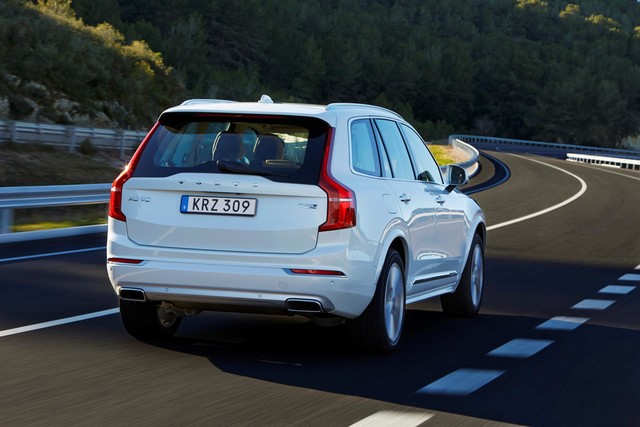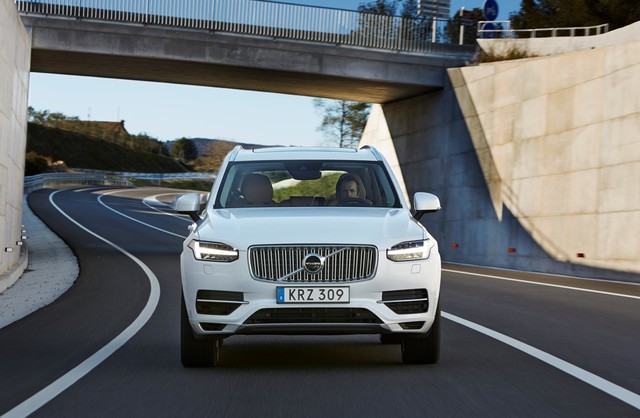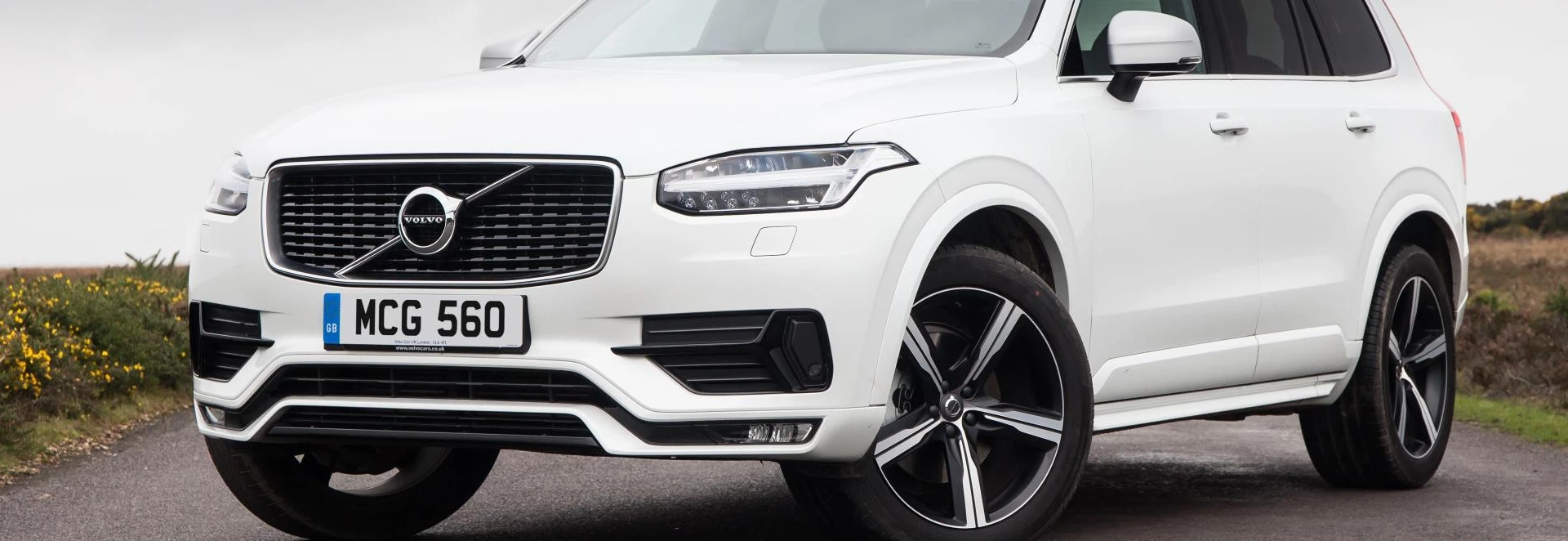The original XC90 caused a tremendous stir long before Volvo put it into production, and it remained one of the Swedish brand's most popular models more than a decade later. Despite this, it has inevitably started to feel like quite an old car in the last few years.
The first question to ask about its replacement is whether it is a worthy successor. In my view, it is. I'm not yet convinced by its looks, though I'll probably get used to them as the styling details are repeated in future Volvos.
I was more immediately taken with the interior, particularly its effective digital instrument display and excellent central "tablet". It lets you operate most of the minor controls, removes the need to have buttons all over the place and has superbly readable graphics. It is very easy to use if you already own an actual tablet device.
There are some nice, witty touches too. A small Swedish flag is attached to the driver's seat, and the seatbelt buckles are inscribed "Since 1959". This is a reference to the fact that Volvo became the first manufacturer to offer three-point lap-and-diagonal belts (developed by Volvo engineer Nils Bohlin) in that year.
All XC90s in the British car market have seven seats, and all the seats apart from the one right in the middle (which is available with an integrated booster cushion if you specify the optional Family Pack) are suitable for adults. Volvo will go no further than to say that the two in the third row are suitable for people up to five feet seven inches in height, but I've seen a taller gentleman sit there in reasonable comfort.
The heads of the back-row passengers are well forward of the rear window, which unfortunately isn't always the case with seven-seaters.

With the exception of the T8, which we'll come back to shortly, XC90s have 397 litres of luggage space to the glass line with seven seats in place. The load space increases to 775 litres with the back two folded down and 1,951 litres to roof level with only the front two still in position. It could have been less, but Volvo saved space by making what at first sight seems an odd decision to base the rear suspension round a transverse leaf spring.
This is incredibly old technology, and when I first heard about it I had visions of the XC90 having the ride quality of a pony and trap. In fact, it rides extremely well (barring a certain clumsiness inescapable in a car of this height and weight), and the handling was impressive over some pretty challenging roads.
Some models have more sophisticated air suspension, and for those there's an optional system which gives three driving modes called Comfort, Dynamic and Off-Road. The latter provides increased ride height. There's also a setting called Individual which allows you to choose your own arrangement (you might, for example, want softer damping but firmer steering). Unlike Audi though, Volvo does not offer an Automatic function which lets the car make its own decisions.
Without this, air-suspension models feel very similar to the ones with springs. There's a much bigger difference between XC90s on 19 or 20-inch wheels, the former being greatly preferable. You can have 21s or 22s for an extra £3,300 but I don't think I could be tempted to choose either of them.
From launch, there's a choice of 222bhp D5 diesel and 316bhp T6 petrol engines, both with four cylinders. The T6 provides good performance, and sounds entertainingly snarly at high revs, but the D5 is more than adequate and is likely to dominate UK sales.

That said, there is unexpected interest in the T8, which Volvo expects to be chosen by 10 per cent of customers once everything has settled down. It's referred to as a Twin Engine model, but that's a slightly misleading term. In fact, it's a hybrid, with the T6 petrol engine backed up by an electric motor.
It hasn't been made available to the UK press yet, but figures like a 0-62mph time of 5.6 seconds suggest it will be impressively rapid. An official combined fuel economy figure of 134.5mpg and a CO2 rating of 49g/km means it won't cost much to run, though the extra technology adds more than £10,000 to the list price.
A cheaper low-emissions D5, the only car in the range without four-wheel drive, will go on sale at some point in the future once Volvo has been able to bring its CO2 figure down to, or below, its target of 129g/km.
In order of cost, the three trim levels in this country are called Momentum, R-Design and Inscription. All have plenty of equipment, as that's what customers here seem to want - more basic versions sold elsewhere aren't being imported here.
Unusually, the diesel cars are cheaper than the ones with petrol engines. Prices range from £45,550 for the D5 Momentum (the front-wheel drive car will probably come in under that) to £63,650 for the T8 Inscription. It's possible to pay many thousands more than this if you include a lot of optional extras, and no doubt there will be plenty of customers prepared to do just that.




